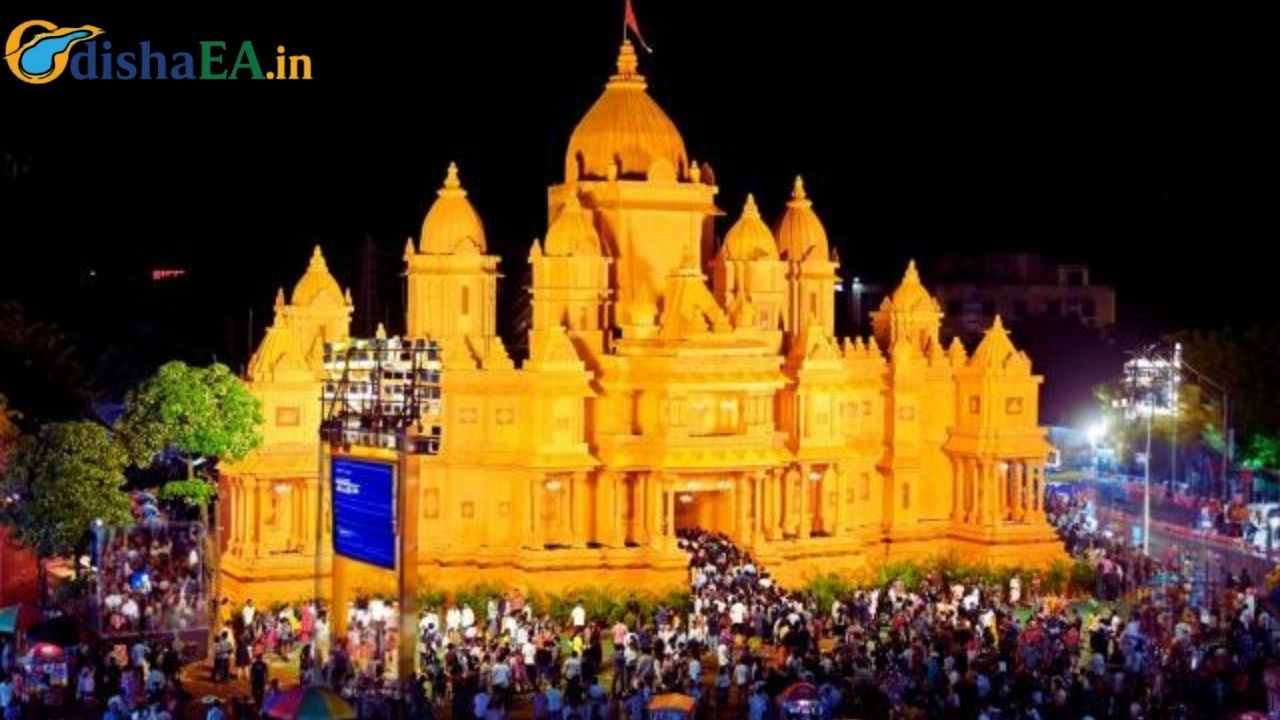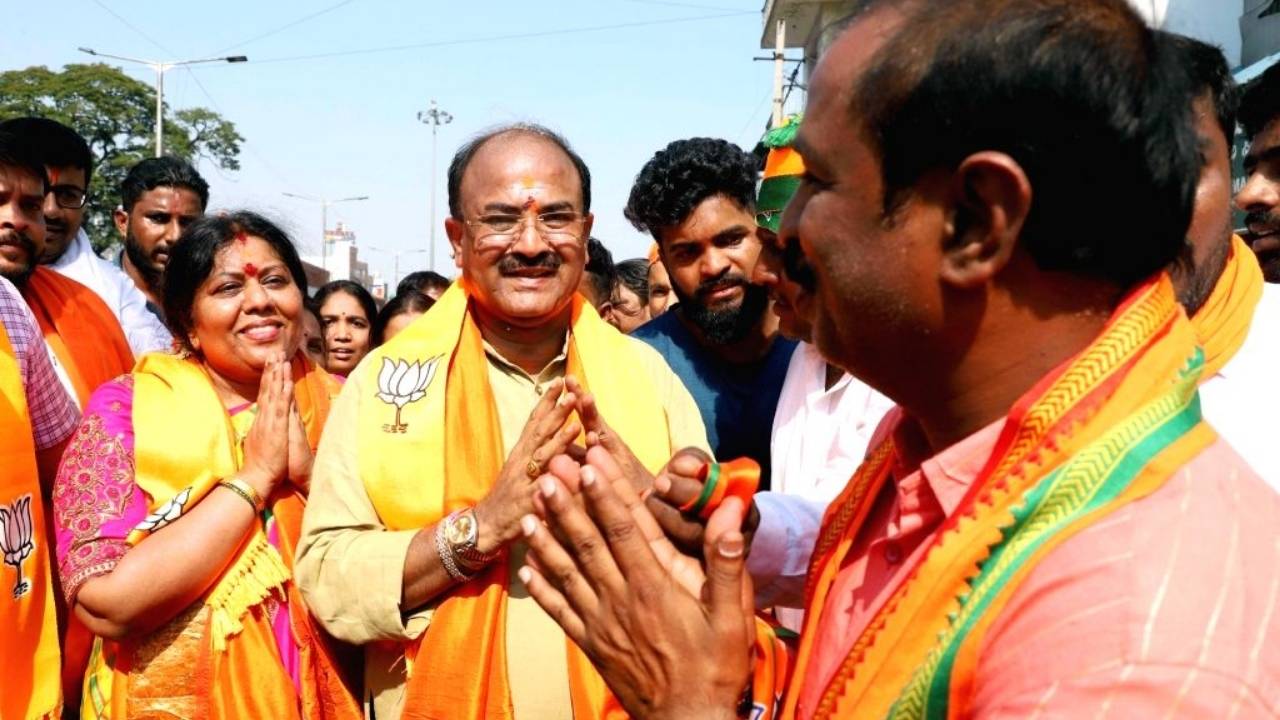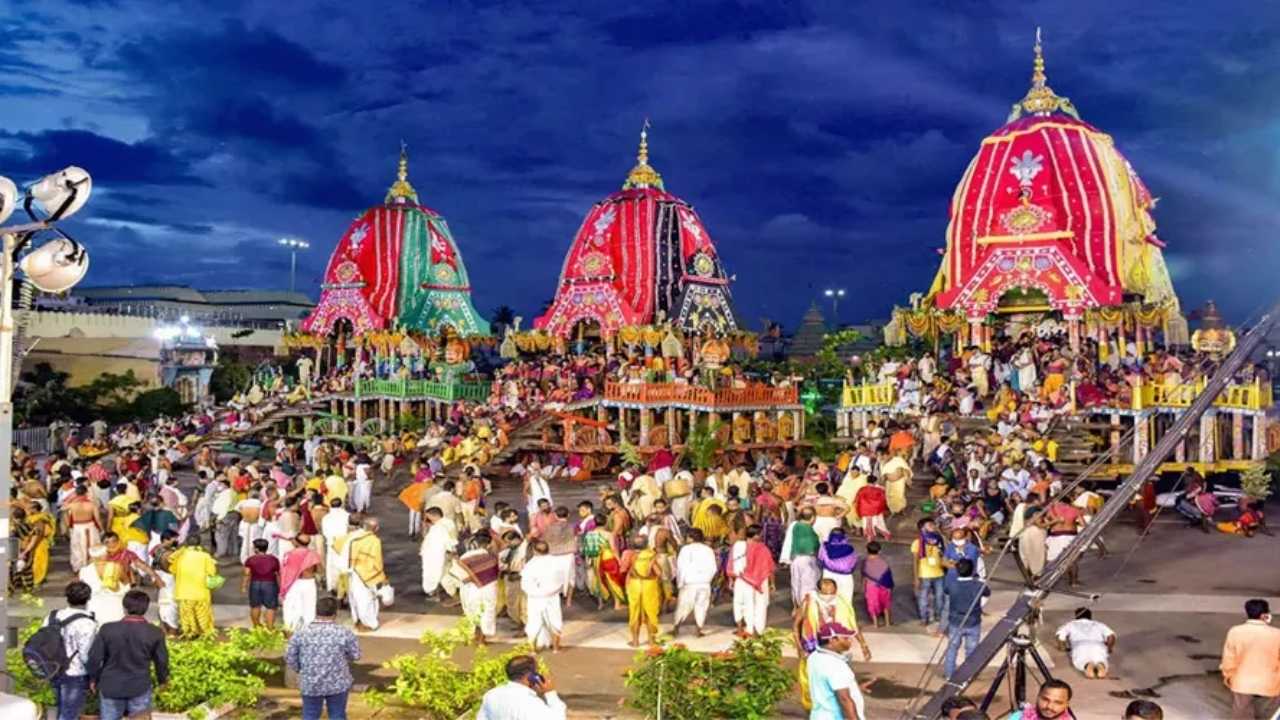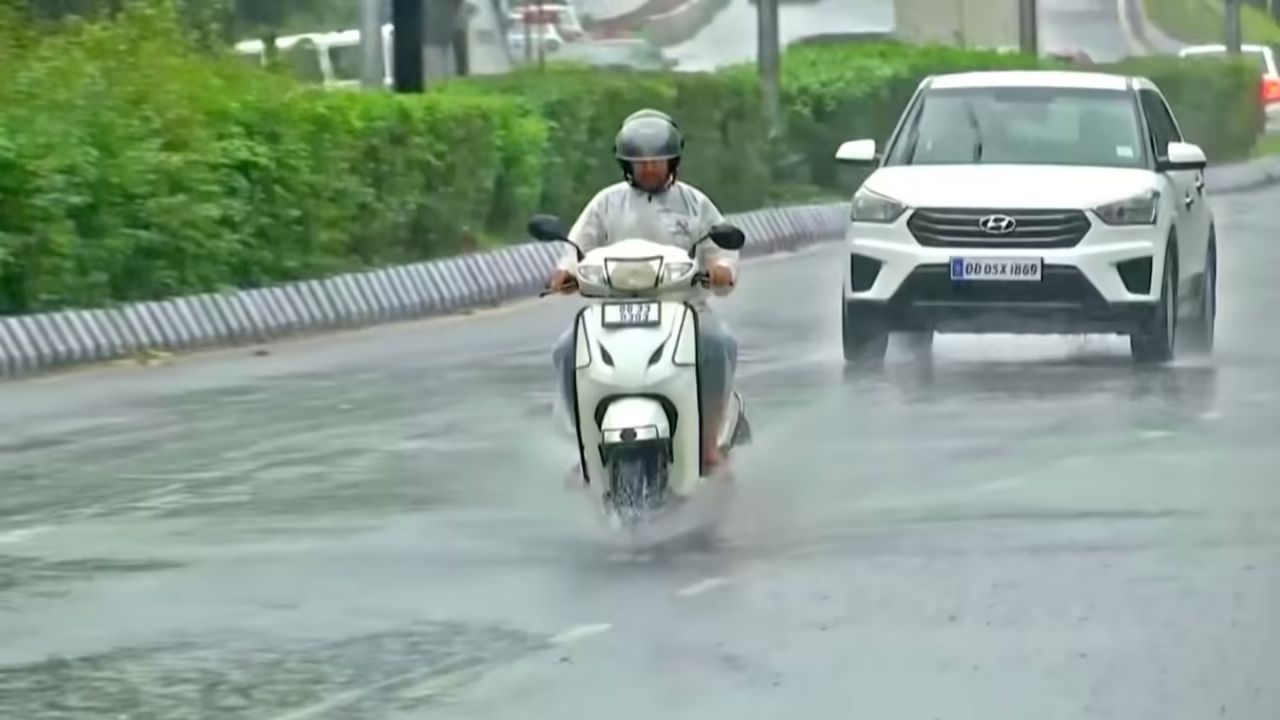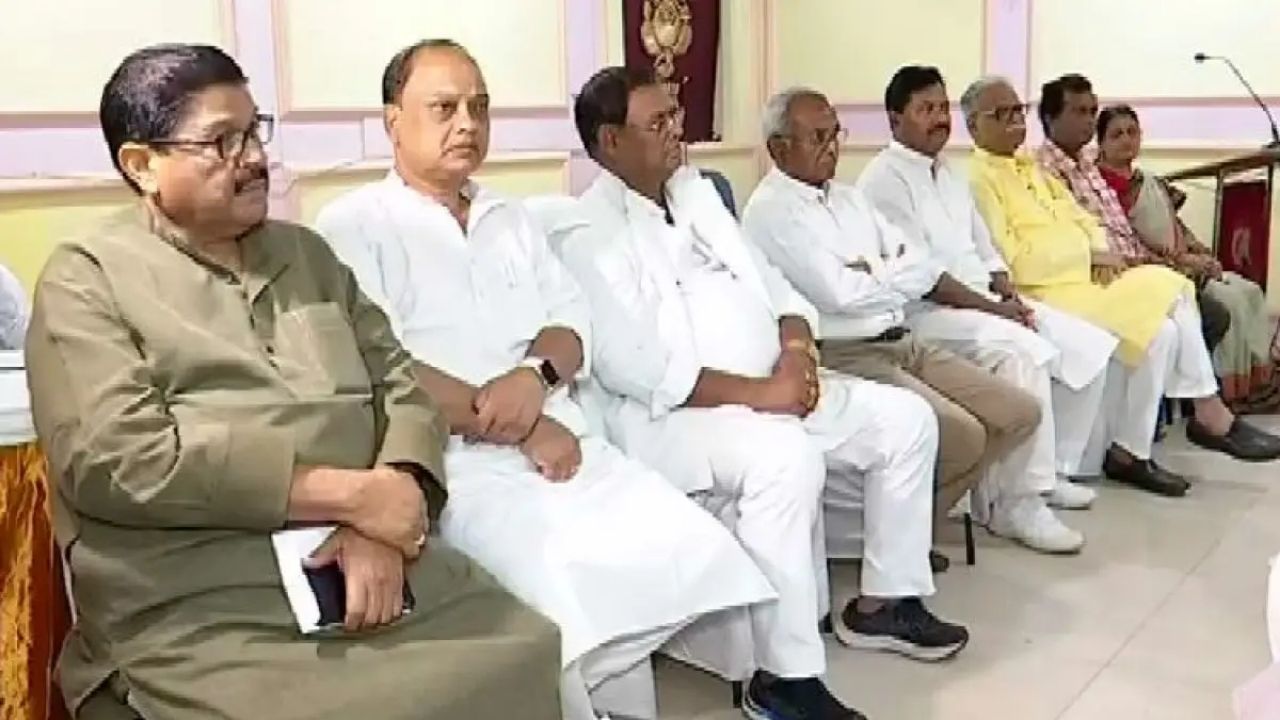If you’ve ever been to a big religious festival in India, you know the vibe—it’s lively, chaotic, colorful, and packed with people. But there’s another side to it: the old-school tradition of “unofficial donations,” also called chanda, where community organizers (sometimes politely, sometimes forcefully) collect money from locals and businesses. Now, with CCTV cameras, drone surveillance, and digital donation systems, Odisha is flipping the script. The question is: Are these unofficial donations about to become a thing of the past?
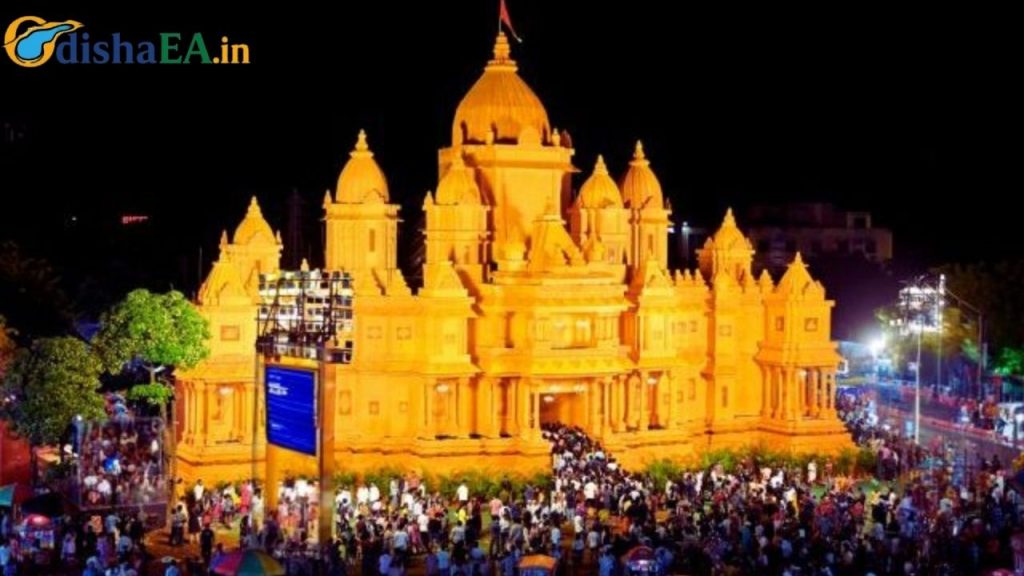
This story is about more than just technology—it’s about how law enforcement, tradition, and modernization collide during massive Indian religious festivals like Durga Puja and Rath Yatra in Puri. Think of it like Times Square on New Year’s Eve, but with deities, elephants, drums, and millions of devotees. To keep all of this under control, Odisha’s police are going all-in with drones, artificial intelligence (AI), and anti-drone defense systems. And yeah, it could totally change how people give money to their temples and community pujas.
CCTV and Drones Take Over Odisha Pujas
| Aspect | Details |
|---|---|
| Surveillance Tech | CCTV cameras, AI-powered cameras, drones, and anti-drone defense systems used during Odisha pujas. |
| Law Enforcement | Odisha DGP issued a zero-tolerance order against “forcible” chanda (donations). Times of India Report |
| Digital Donations | Plans for a Digital Hundi (“Samarpan”) for Puri temple devotees. UPI & QR code options considered. |
| Recent Case | 7 unauthorized drones deactivated during Rath Yatra 2025. |
| Impact | Crackdown on unofficial donations, more transparency, easier ways for devotees to give money. |
| Official Website | Odisha Police Official Portal |
The rise of CCTV, drones, and digital donation platforms in Odisha’s pujas is a bold experiment in blending tradition with tech. It doesn’t mean unofficial donations will vanish overnight—but it’s definitely the beginning of the end for coercive chanda. By combining law enforcement, transparency, and digital convenience, Odisha is showing the world how to celebrate faith without compromising safety or fairness.
Why Odisha Pujas Are a Big Deal
Let’s put things into perspective. The Rath Yatra of Puri attracts nearly 1 million people in a single day (The Hindu). That’s about the size of Philadelphia’s entire population squeezing into one town for a festival. Durga Puja, meanwhile, is celebrated across India but is especially huge in Odisha, with thousands of pandals (decorated worship sites).
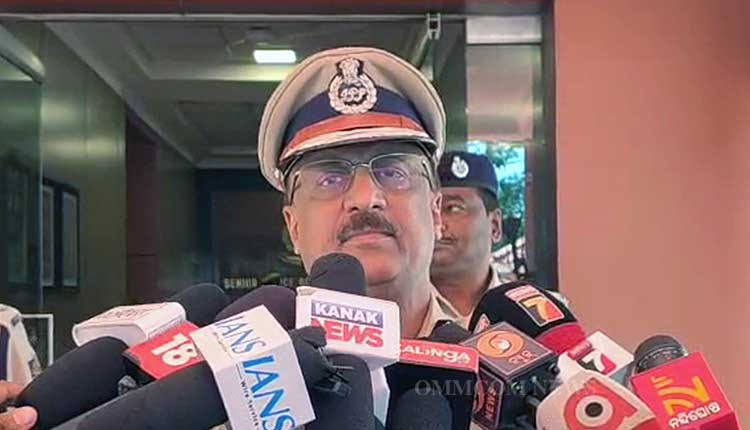
When so many people gather in one place, you’ve got a recipe for security issues: pickpockets, stampedes, even drone-related threats. And of course, the decades-old practice of local puja committees “asking” people for money—something that doesn’t always feel voluntary.
The Tech Revolution: CCTV, AI & Drones
1. CCTV Everywhere
The government has rolled out thousands of CCTV cameras in key hotspots across Bhubaneswar, Cuttack, and Puri. These aren’t your average mall security cameras—many are AI-enabled, meaning they can detect unusual movement, unattended bags, or overcrowding in real time.
2. Drones in the Sky
Picture a Super Bowl flyover, but instead of fighter jets, it’s drones. Odisha police are now using drones to scan crowds, manage traffic, and even track suspicious activity from above. The cool part? They’re equipped with night-vision and zoom lenses, letting them cover areas where regular cops can’t go.
3. Anti-Drone Defense Systems
This year’s Rath Yatra saw the deployment of anti-drone jammers—special systems that can detect, track, and disable unauthorized drones. In fact, seven rogue drones were grounded in Puri during the event (Times of India).
This is huge, considering that drones have been misused globally for smuggling and even terror plots.
The Crackdown on “Forcible Donations”
For decades, residents and shopkeepers in Odisha (and across India) have dealt with volunteers showing up before puja season, “requesting” contributions. While many give happily, others complain of being pressured.
Odisha’s DGP has made it crystal clear: zero tolerance for forcible donations. Police stations have been ordered to act on complaints immediately, and community members are being told to report extortion-like demands.
This isn’t just about law and order—it’s about changing public culture. When people know they can donate officially through a safe, digital platform, they’re less likely to hand over cash under pressure.
Enter the Digital Hundi
Here’s where modernization steps in. The Odisha government is piloting a Digital Hundi platform called Samarpan. Think of it like GoFundMe for God—a transparent, online way to give offerings.
- Features may include:
- UPI/credit card donations
- Receipt generation for tax deductions
- Live dashboards showing how funds are used
- Mobile app integration
This is not just convenient for devotees—it also kills the black money angle, since donations are traceable and go directly to temple trusts.
For context, India saw ₹54,000 crore (about $6.5 billion) worth of temple donations in 2019 (Business Standard). Moving even a fraction of that online is a game-changer.
Practical Guide: What This Means for Devotees and Locals
- If You’re a Devotee:
- Use the official Digital Hundi system when launched.
- Avoid giving cash to unauthorized collectors.
- Verify official QR codes before scanning.
- If You’re a Shopkeeper/Resident:
- Report any coercion to your local police station.
- Keep receipts for legitimate community contributions.
- Know your rights—donations are voluntary.
- If You’re a Festival Organizer:
- Register your puja committee with the local authorities.
- Consider adopting cashless donations through verified apps.
- Work with police to ensure your festival is transparent and safe.
Global Context: Festivals & Technology
What’s happening in Odisha is part of a bigger trend worldwide:
- New York’s Times Square uses thousands of cameras and drones every New Year’s Eve.
- Saudi Arabia’s Hajj pilgrimage relies heavily on AI and crowd-management tech to handle 2 million+ pilgrims.
- Japan’s festivals are increasingly cashless, with QR codes replacing traditional donation boxes.
So Odisha is not just catching up—it’s joining the global league of tech-powered festival management.
CM Majhi’s Warm Nuakhai Wishes Strike a Chord: Internet Flooded with Praise
Grand Processions and Rituals Highlight Odisha’s Ganesh Puja
FAQs
Q1: Are CCTV and drones replacing human police officers?
Nope. They’re tools to help officers cover more ground. Think of it like giving cops “superhero vision.”
Q2: Will people stop giving donations altogether?
Not likely. People love to give during festivals. The difference is, now it’s safer and more transparent.
Q3: Are digital hundis safe?
Yes, if they’re government-approved. Always use official platforms and avoid random QR codes.
Q4: What if I still get harassed for money?
Call your local police station or use helplines. Odisha Police has promised strict action.

